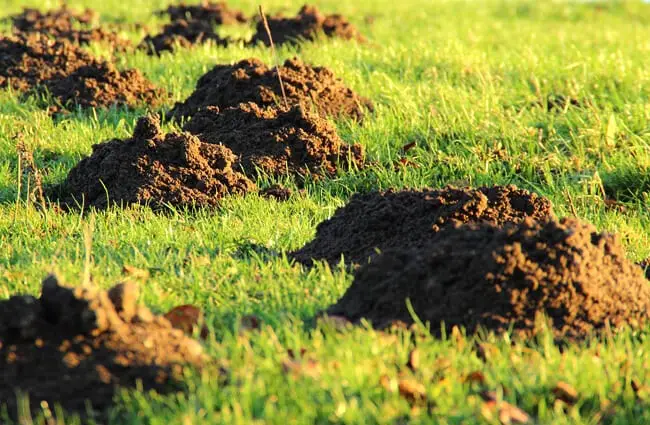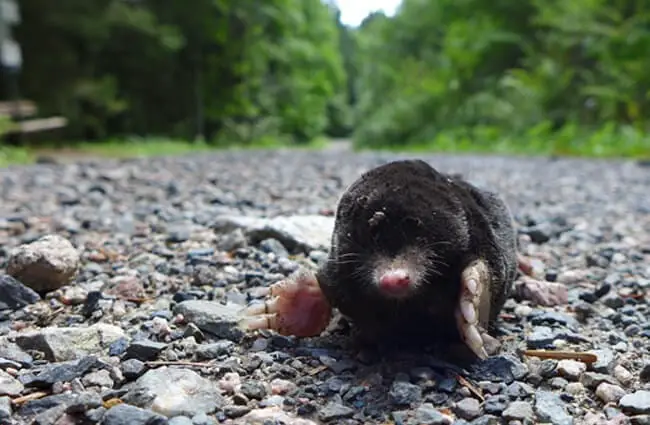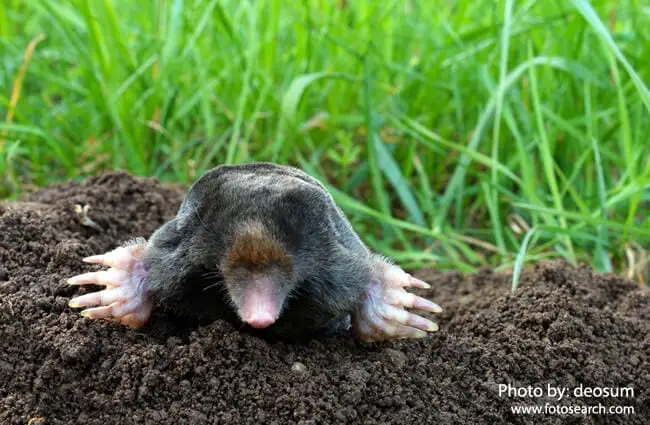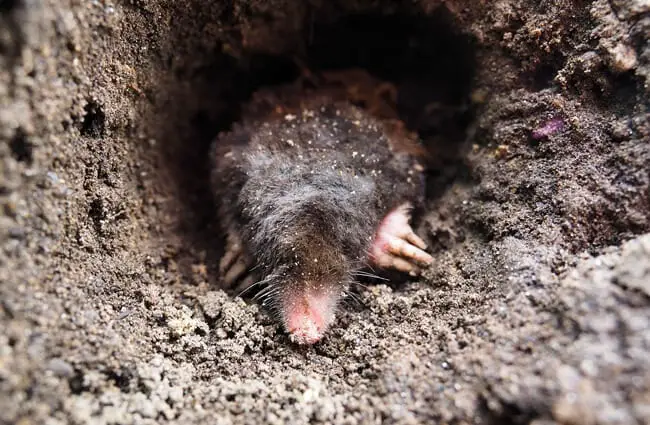The Secret World of Moles: A Subterranean Life
Few creatures embody the hidden world beneath our feet quite like the mole. Often glimpsed only as raised ridges in lawns or garden beds, these fascinating mammals lead a life largely removed from our own. This guide delves into the biology, behavior, and ecological role of moles, exploring everything from their unique adaptations to their impact on the environment and human culture.

What Exactly Is a Mole?
The term “mole” doesn’t refer to a single species, but rather a group of small mammals belonging to the family Talpidae. There are several mole species found across North America, Europe, and Asia, each adapted to a life of digging and foraging underground. Generally, moles are characterized by their cylindrical bodies, velvety fur, small or hidden eyes, and, most notably, large, powerful forelimbs equipped with strong claws – the tools of their trade.
Physical Characteristics and Adaptations
Moles typically range in size from 4 to 7 inches in length. Their fur, lacking a grain, allows them to move forward or backward with equal ease in their tunnels. The eyes are often tiny and may even be covered by skin, as sight is of limited use underground. Instead, moles rely heavily on touch and smell. Their snout is a sensitive organ, covered in tactile hairs called vibrissae, which help them navigate and locate prey. Perhaps the most remarkable adaptation is their forelimbs. These are broad and paddle‑shaped, acting as efficient digging tools. The strong claws break through soil, while the limbs rotate outward, enabling the mole to “swim” through the earth.

Habitat and Distribution
Moles thrive in a variety of habitats, including grasslands, meadows, forests, and even suburban gardens, as long as the soil is suitable for digging. They prefer moist, loamy soil, which is easier to excavate. Their distribution varies depending on the species. The Eastern Mole is commonly found in the eastern United States, while the Star‑nosed Mole prefers the northeastern regions and Canada. European moles are prevalent throughout Europe, and several species inhabit Asia.
Finding Moles in the Wild
Spotting a mole directly is difficult due to their subterranean lifestyle. However, observant hikers or gardeners can identify mole activity by looking for molehills – conical mounds of excavated soil. These are not waste products but the result of digging new tunnels or repairing existing ones. Surface ridges, or “heave,” indicate shallow tunnels just below the surface. Look for these signs in areas with moist soil and abundant insect life.

Diet and Foraging Behavior
Contrary to popular belief, moles do not typically eat plant roots. They are primarily insectivores, feeding on earthworms, grubs, insects, and other invertebrates found in the soil. An adult mole can consume up to its own body weight in food each day. They locate prey using a combination of smell, touch, and seismic sensitivity. They can detect the vibrations of earthworms moving through the soil, allowing them to quickly ambush their prey. Moles do not store food; they must forage continuously to meet their energy needs.
Evolutionary History
The evolutionary history of moles dates back to the Paleocene epoch, around 66 million years ago. Fossil evidence suggests that early talpids were more generalized mammals, resembling shrews. Over millions of years, they gradually evolved specialized adaptations for a subterranean lifestyle. This involved changes in skeletal structure, limb morphology, and sensory systems. The development of broad forelimbs, powerful claws, and reduced eyes were key milestones in their evolution. The Star‑nosed Mole represents a particularly unique evolutionary trajectory, with its distinctive nasal appendage used for tactile foraging.

Reproduction and Life Cycle
Moles are generally solitary animals, except during the breeding season. Mating typically occurs in the spring. The female mole constructs a nesting chamber within her tunnel system, lining it with leaves and grasses. She gives birth to a litter of 2 to 7 pups. The pups are born blind and helpless, and the mother cares for them for several weeks. They begin to explore the tunnel system and learn foraging skills. By late summer or early fall, the young moles disperse to establish their own territories.
Ecological Role and Interactions
Moles play a significant role in maintaining soil health. Their tunneling activities aerate the soil, improving drainage and nutrient cycling. This can benefit plant growth. They also help control populations of soil‑dwelling invertebrates. Moles interact with other animals in various ways. Other animals sometimes use mole tunnels. They may also be preyed upon by larger predators, such as owls, hawks, and foxes. Their tunnels can disrupt the foraging activities of other animals, like voles and shrews.

Moles and Humans
Moles often come into conflict with humans, particularly gardeners and farmers. Their tunneling activities can create unsightly molehills and damage lawns, golf courses, and agricultural fields. However, the benefits of their soil aeration and pest control can sometimes outweigh the damage. Various methods can be used to manage mole populations, including trapping, repellents, and barriers. It is important to consider the ecological role of moles before implementing any control measures.
Caring for Moles in Captivity
Keeping moles in captivity is challenging due to their specialized needs. A large enclosure with deep, moist soil is essential, allowing them to dig extensive tunnel systems. The enclosure should be secure to prevent escape. Their diet should consist primarily of earthworms and other invertebrates. Providing a variety of enrichment items, such as tunnels and digging substrates, can help stimulate their natural behaviors. Regular monitoring of their health and hygiene is crucial.

Fascinating Mole Facts
- The Star‑nosed Mole possesses 22 fleshy appendages surrounding its nose, used to detect prey in complete darkness.
- Moles can dig tunnels at a rate of several feet per hour.
- Some mole species are capable of swimming.
- Moles do not hibernate, remaining active throughout the year.
- A group of moles is called a colony.
- Moles have incredibly dense fur, providing insulation and protection in their underground environment.

Conclusion
The mole is a remarkable example of adaptation and specialization. Its subterranean lifestyle, unique physical features, and ecological role make it a fascinating subject of study. By understanding the biology and behavior of moles, we can appreciate their importance in maintaining healthy ecosystems and coexist with these secretive creatures.

![Red Angus Closeup of a beautiful Red Angus cowPhoto by: U.S. Department of Agriculture [pubic domain]https://creativecommons.org/licenses/by/2.0/](https://animals.net/wp-content/uploads/2020/03/Red-Angus-4-238x178.jpg)




![Red Angus Closeup of a beautiful Red Angus cowPhoto by: U.S. Department of Agriculture [pubic domain]https://creativecommons.org/licenses/by/2.0/](https://animals.net/wp-content/uploads/2020/03/Red-Angus-4-100x75.jpg)

